
OceanSaver crabs promote plastic-free cleaning products
The campaign by Hearts and Minds, ‘The Ocean will Thank You’ focuses on positivity to encourage sustainable shopping habits

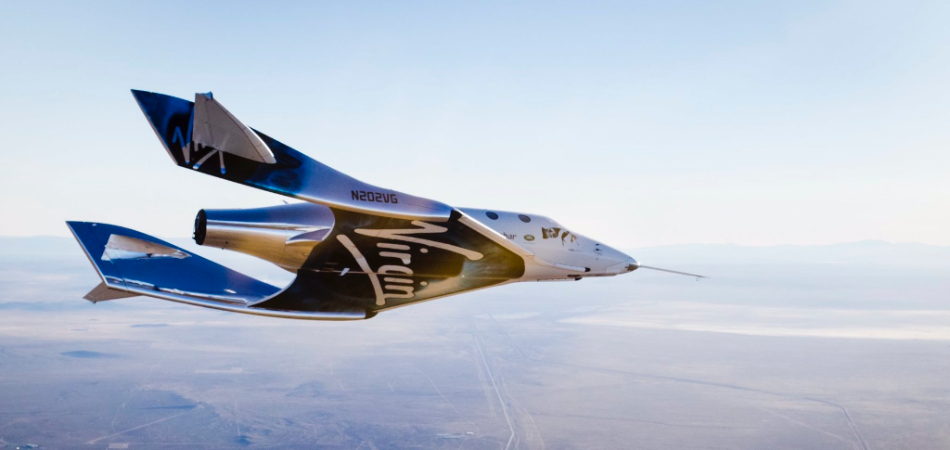
Astro Teller’s official title is Captain of Moonshots; possibly the coolest sounding job in the world. As the head of [Google] X, Alphabet's moonshot factory, Teller is responsible for bringing to life magical and audacious ideas through ground-breaking science and technology.
‘What if a sculptor and a kite surfer worked together to rethink how we harness the power of the wind? Or if an aerospace engineer and a fashion designer teamed up to bring internet to everyone with balloons?’ Google X
The birthplace of Project Loon, the driverless car and Google Brain, X is a diverse team of experts brought together to solve some of the world’s biggest global challenges. The aim is to make not just millions, but billions of lives better. These projects are a long way from the everyday business of search algorithms.
Google is not the only one driven by moonshot challenges; there are plenty of companies shooting for the actual moon. Elon Musk, the founder of PayPal and Tesla, is revolutionising space technology as we speak. His Space X venture has the ultimate goal of enabling people to live on other planets. This week, Musk posted the first official photo of a Space X space suit on his Instagram, fuelling new intrigue around this ambitious project.
Space is big, and Musk is not alone. Richard Branson’s Virgin Galactic has been seeking to commoditise space travel since 2004. However, following a fatal crash ten years later, the space tourism project was left in doubt. But Branson doesn't fail easily and a new aircraft was launched last year with a statement proclaiming he’d be disappointed if the program isn't well underway by the end of 2018. For the Virgin mogul, failure is not an option.
Leaving earth has long been a fascination for ambitious entrepreneurs. Blue Origin, a space travel company set up by Amazon’s Jeff Bezos, and SpaceShipOne, funded by Microsoft’s Paul Allen, may not have the commercial ambition and PR of Space X and Virgin Galactic, but they keep two of the biggest global brands in the new space race.
But does a moonshot have to literally mean the moon? In 1961, President Kennedy challenged his nation to put men on the moon inside a decade. This seemingly impossible goal was achieved eight years later, on July 20, 1969. A moonshot defies the odds. It’s not the same as an innovation – instead of pursuing change by increments, it aims to change something by a factor of ten. As Google itself defines it, a moonshot must combine “a huge problem, a radical solution, and the breakthrough technology that might just make that solution possible.”
Coming back down to earth we’ve been looking at brands embarking on their own moonshots.
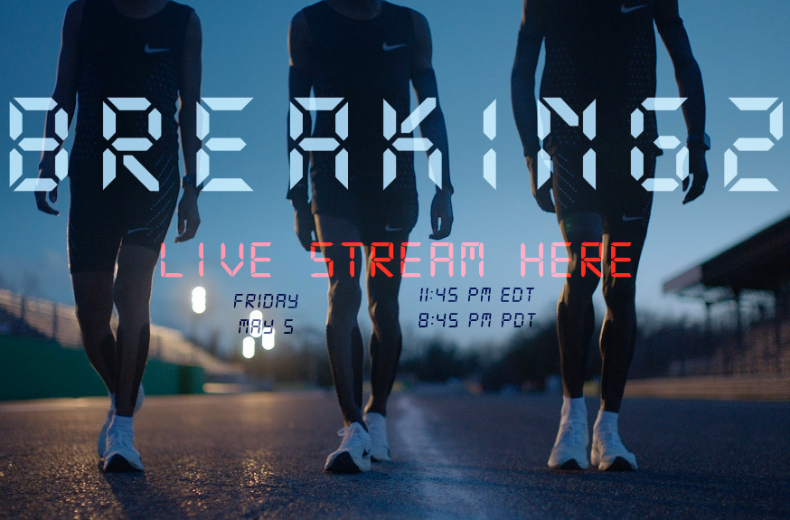
In May of this year, Nike-endorsed elite runner Eliud Kipchoge ran the world's fastest marathon. At 02:00:26, the Kenyan athlete was 26 seconds over the ‘unbreakable’ two hour mark, a gap of just one second per mile for the distance of the race.
Kipchoge's attempt at running a sub-two hour marathon, alongside Lelisa Desisa and Zersenay Tadese, was the ‘moonshot’ challenge set by Nike that captured the attention and column inches of the sporting world.
For over two years, Nike worked closely with all three athletes as well as experts in biomechanics, coaching, design, engineering, materials development, nutrition and sports psychology and physiology. What started out as a marketing idea for the Zoom Vaporfly Elite running shoe quickly became a human fight against the ‘impossible’.
Pursuing the impossible is in Nike’s DNA. Its co-founder and renowned track coach Bill Bowerman helped his athlete Jim Bailey run the first sub-four-minute mile on US soil in 1956, a feat which, back then, was regarded as the holy grail of running.
A voiceover in the ad says: “Breaking the two hour marathon barrier is impossible, everyone knows that. History knows it, science knows it, anyone in their right mind knows it, it’s crazy, nobody can run that fast for that long. So we’re doing it.”
The dedication from both brand and athletes puts Nike firmly at the forefront of running, and sets a precedent for sports marketing.
Agency: Wieden+Kennedy, Portland
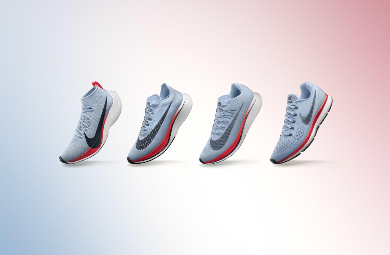
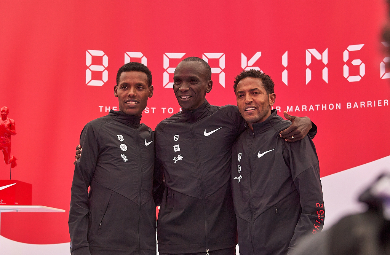
Volvo has made an ambitious pledge: by 2020, no one will be killed or seriously injured in a new Volvo car or SUV. Through a mixture of technology and education, the Swedish car manufacturer aims to build the safest vehicles on the roads. Volvo is not only thinking about the people in the cars, but also about those outside about the vehicles too. Their innovation - Life Paint - is a reflective spray for cyclists’ clothing that only lights up under car headlight beams. The paint, originally a marketing idea, has grown into a commercial product sold in shops across the country. By helping cyclists to stay safe on dark roads they are one step closer to their ambitious pledge.
Agency: Grey London, London
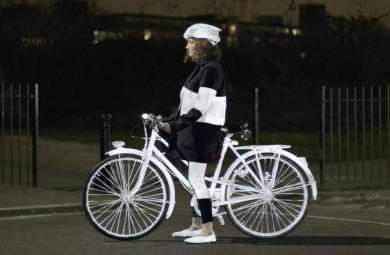
We can’t talk about moonshots without mentioning Red Bull Stratos. Red Bull has built its brand story around a lifestyle, appealing to thrill seekers and adrenalin junkies. Held up as the holy grail of content marketing, Felix Baumgartner’s supersonic freefall from the edge of space became a global news story. Over the course of five years of planning, a passionate and driven team lived through years of failure to pull off the mighty stunt. The live footage on YouTube was viewed by over 8.3m people, making it the most watched live stream of all time.
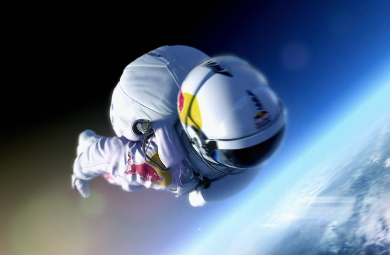
Looks like you need to create a Creativebrief account to perform this action.
Create account Sign inLooks like you need to create a Creativebrief account to perform this action.
Create account Sign in